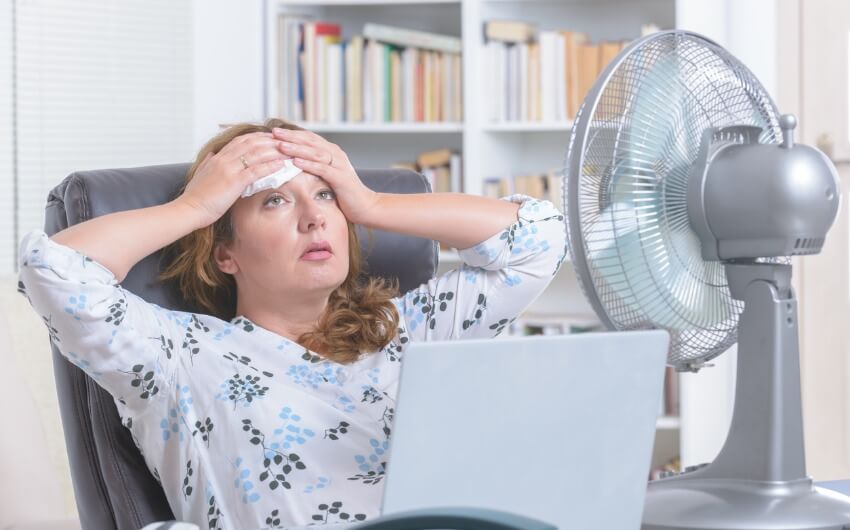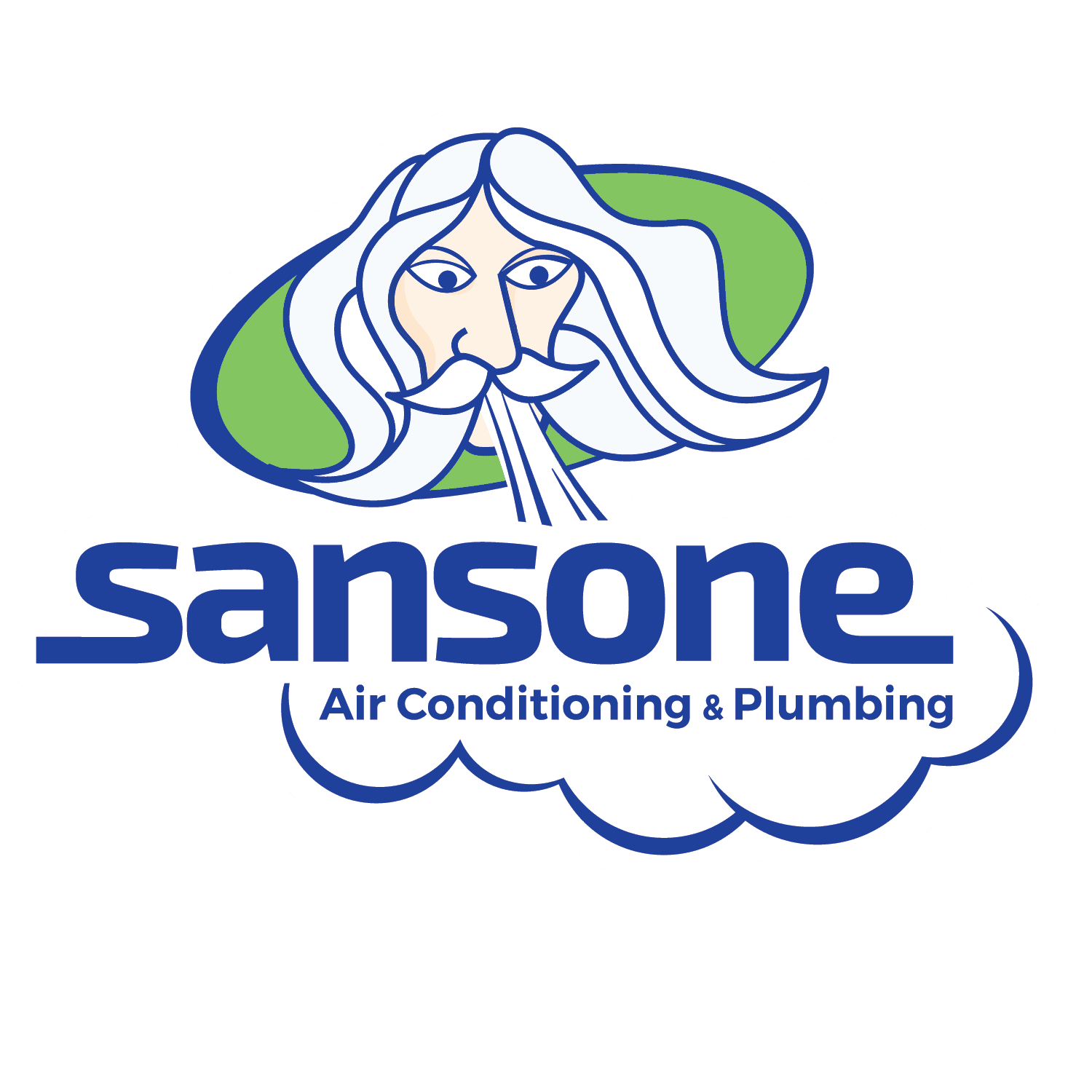
9 Reasons Why One Room Is Always Hotter Than the Rest of the House
Do you have one room in your house — such as maybe your bedroom — that always seems to be hotter than the others?
Temperature inconsistencies are one of the most common issues homeowners experience, and they can be aggravating.
Your living room feels comfortable, yet the bedrooms are miserable. When you lower the temperature so that everyone in your family can have a good night’s rest, you end up with a freezing cold kitchen.
What gives? And what can you do to solve this problem? Read on to find out or call our expert air conditioning contractors in West Palm Beach!
Fortunately, in most cases, you can fix inconsistent temperatures with a few simple tips and tricks.
Here are the most common reasons one room in your home is always so hot compared to the rest of the house and what you can do about it.
1. Overexposure to Sunlight
In rooms with lots of windows, heat from the sun can become trapped inside and create a greenhouse effect. Not only can this make certain rooms uncomfortable, but it can increase your energy bills, too.
To regulate the temperature, install window treatments such as blinds, draperies, or heavy curtains to block the sunlight during the hottest times of the day — and keep them closed when you don’t need the natural light.
2. Damaged or Aging Ductwork
Think of ductwork as the lungs of your air conditioning system. Much like our lungs deliver oxygen to our bodies, ductwork delivers cooled or heated air to the rooms in your home.
Over time, however, the ductwork within the walls and attic of your home can sustain damage from uneven air pressure (which can be exacerbated if you have closed AC vents in some rooms), leaks, dust, mold, and sometimes even rodents. As a result, cooled or heated air leaks out of the ducts before it reaches some rooms in your home.
While many duct systems lose a significant amount of energy from leaks and poor insulation, you can reduce the amount of loss by sealing and insulating your ductwork.
Ductwork has an average lifespan of 10 to 15 years. If yours is older than that, it’s time for an upgrade. The best way to ensure the ducts stay in the best condition possible is to schedule regular HVAC maintenance checks. This way, a technician can foresee problems before they happen. It allows time to either nip the problem in the bud or budget for a repair or replacement.
3. AC System Is Too Small
Air conditioners are not “one-size-fits-all”. There are many factors that come into play to determine the best size for your home. They include square footage, the number of people living in it, and the height of ceilings, to name a few.
If you install an AC that’s too small for your home, it will not cool the rooms in your house evenly. Rooms that are located farther from the AC system will typically experience warmer temperatures. To add insult to injury, your home will become more humid since the AC lacks the capacity to absorb enough moisture inside the structure.
Beyond adding fans or additional wall units, the best choice will likely be to replace your air conditioning system with one that’s more size-appropriate. For this reason, we recommend getting in touch with professional HVAC technicians if you think this is the cause of the temperature inconsistencies in your home.
Related: Undersized Air Conditioner
4. You May Need to Change the Location of the Thermostat
When you set a temperature on your thermostat, the AC will run until your home reaches said temperature, right? Wrong. The air conditioner will run until the area around the thermostat reaches the temperature you selected.
In order to ensure accurate readings, the thermostat should be installed on an interior wall near the area your family spends most of their time (family room or living room). If you place it on a wall that faces the exterior of your house and it’s a particularly hot day, that wall will heat up quicker than the rest of the house, and that’s the temperature the thermostat will gauge. The same will happen if you install it near the kitchen, laundry room, or near window where it will receive direct sunlight.
5. Your Home Needs Better Insulation
When was the last time you checked to see whether your home’s insulation is up to par? If you’ve been living in your residence for many years and insulation has barely been a blip on your radar (if at all), it’s time to pay attention. Poor insulation allows air to escape through the walls. As a result, some rooms may feel warmer or cooler than you prefer, while other rooms are perfectly comfortable.
The best way to determine whether this is an issue in your home is to conduct a home energy audit. You can either do it yourself or hire a professional to do it. The benefits are many: You’ll have even temperatures inside your home, your air conditioner will work more efficiently, and you’ll have lower energy bills.
6. You Live in a Multi-Level Home
The top story in multi-level single-family homes tends to be warmer during the summer and cooler during the winter than the rest of the house. The reasons are (a) the thermostat is usually on the first floor, and (b) the top floor has more direct contact with the outside elements.
A simple solution for this problem is to keep the fan setting on “On” around the clock since this will keep airflow circulating around your home, even when the AC cycles off.
7. Your Air Vents are Closed or Obstructed
If you have closed your air vents, or your vents are obstructed by furniture or upholstery, proper airflow is disrupted. This can most certainly cause some rooms in your home to be hotter than others while placing extra strain on your HVAC system. While some homeowners have been tricked into thinking closed air vents in unused rooms can help improve system efficiency and lead to lower energy bills — this is an AC myth. Keep your supply and return vents open at all times to ensure a comfortable, even temperature throughout your South Florida home.
Related: 5 Problems Caused by Closing AC Vents
8. Your Air Filters are Dirty and Need to be Replaced
When was the last time you replaced your air filters? If you can’t remember, dirty air filters could very well be a contributing factor to the uneven temperature in your home. Walk to the warmest room in your house and check the air filters. Are the filters coated with grey dust and dirt? If so, it’s time for them to be replaced. While it is recommended for homeowners to replace their air filters about once per month, there are some factors that can influence the frequency of this simple maintenance task — like how many people live in your home, pets, indoor smoking, etc.
9. Your Home has Old or Poorly Insulated Windows
If you live in a home with old windows, this can be a contributing factor to the problem. Because the temperature outside affects the temperature indoors, you may notice that old windows or windows that are improperly sealed. This can cause certain rooms to be warmer than others. Re-caulking windows can help prevent air loss, ensuring cooler temperatures remain inside and hot temperatures remain outside. However, if re-caulking your windows is not an option, or does not help, it may be time to replace your home’s windows altogether.
Air Conditioning Services in West Palm Beach & South Florida
If you’re experiencing temperature inconsistencies in your home and need professional help, contact the professionals at Sansone Air Conditioning.
We offer a variety of high-quality products and services, including air conditioning repair in West Palm Beach, guaranteed to create a consistently comfortable environment throughout your South Florida home.
Give us a call or book an appointment online to learn how we can help you today!

